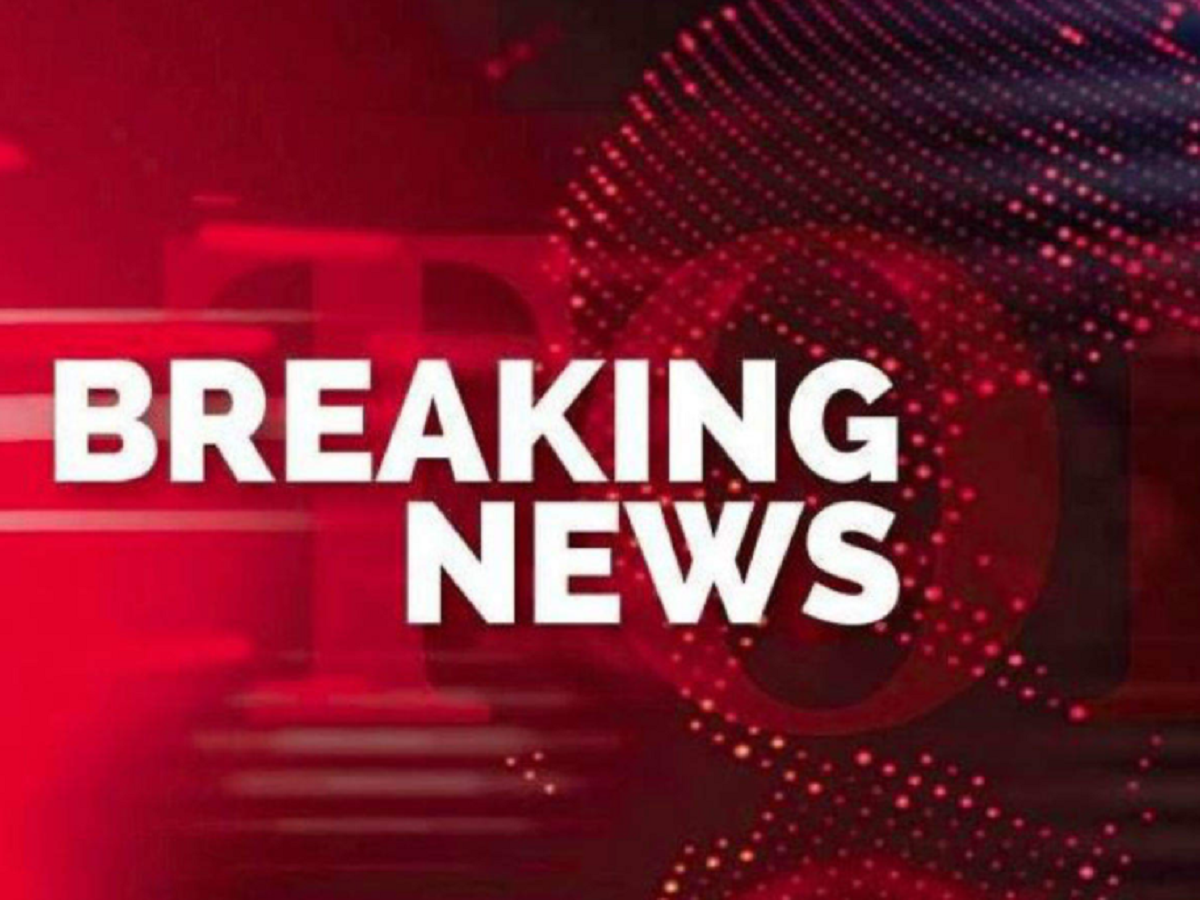Introduction to Breaking News
At its core, breaking news refers to fresh information about events happening as they unfold. It’s characterized by its immediacy and the rapid dissemination of crucial information to the public. The demand for breaking news arises from our need to understand and respond to significant events promptly.
Characteristics of Breaking News
Breaking news stories are distinguished by their speed of delivery. They often emerge unexpectedly, catching both journalists and the public off guard. The impact of breaking news can be profound, influencing public opinion, policy decisions, and even financial markets within moments of its release.
Sources of Breaking News
Traditionally, breaking news was disseminated through established media outlets such as newspapers, television, and radio. However, with the advent of digital platforms and social media, news spreads rapidly across the globe. Platforms like Twitter and Facebook have become primary sources for www.thehawaiireporter.com updates, often surpassing traditional media in speed and reach.
Types of Breaking News
Breaking news covers a wide spectrum of events, including political developments like elections and legislative decisions, natural disasters such as earthquakes and hurricanes, and criminal incidents like shootings and accidents. Each type requires swift and accurate reporting to keep the public informed and safe.
Challenges in Reporting Breaking News
One of the primary challenges in reporting breaking news is the balance between speed and accuracy. Journalists often face immense pressure to deliver updates quickly while ensuring the information is verified and reliable. The chaotic nature of breaking news can lead to the spread of misinformation, highlighting the need for responsible reporting practices.
Ethics and Responsibility in Reporting
Ethical considerations play a crucial role in breaking news coverage. Journalists must verify sources rigorously, avoid speculation, and prioritize factual accuracy over sensationalism. Responsible reporting helps maintain trust with the audience and prevents the spread of false information during critical events.
Role of Journalists and Reporters
Journalists and reporters are at the forefront of breaking news coverage, often risking personal safety to bring real-time updates from the field. Their role extends beyond relaying information; they conduct interviews, gather eyewitness accounts, and provide context to unfolding events, enriching the audience’s understanding.
Impact of Breaking News on Public Opinion
Breaking news stories have the power to shape public opinion and influence societal norms. They spark conversations, mobilize communities, and drive discussions on social media platforms. The rapid dissemination of information can sway public sentiment, prompting collective action or policy changes in response to unfolding events.
Technology’s Influence on Breaking News
Advancements in technology have revolutionized how breaking news is reported and consumed. Live streaming, mobile journalism, and drone footage enable real-time reporting from remote locations, offering audiences a firsthand view of unfolding events. Citizen journalism also plays a significant role, with ordinary individuals capturing and sharing news footage instantly.
Case Studies of Memorable Breaking News
Events like the September 11 attacks and presidential elections serve as poignant examples of how breaking news can alter the course of history. These events not only shaped global policies but also reshaped public discourse and media coverage strategies, setting benchmarks for future news reporting.
Social Media’s Role in Breaking News
Social media platforms have democratized news distribution, allowing information to spread virally among users worldwide. While this connectivity enhances awareness, it also poses challenges such as misinformation and echo chambers. Addressing these issues requires critical thinking and responsible sharing of information.
The Evolution of Breaking News Coverage
From traditional newsrooms to digital platforms, the landscape of breaking news coverage has evolved significantly. Modern consumers have access to a vast array of news sources, each offering unique perspectives and insights. Globalization has further amplified the impact of breaking news, making it a shared experience across cultures and continents.
Future Trends in Breaking News
Looking ahead, artificial intelligence and machine learning are poised to revolutionize how breaking news is gathered and disseminated. Automated news algorithms could personalize content delivery based on individual preferences, enhancing user engagement and relevance. However, ethical considerations around AI-driven journalism remain critical to maintaining journalistic integrity and transparency.
Tips for Consumers of Breaking News
For consumers, navigating the flood of breaking news requires discernment and caution. Verify information from multiple reliable sources before forming opinions or sharing updates. Avoid spreading unconfirmed news to prevent the perpetuation of misinformation and contribute to a more informed public discourse.
Conclusion
In conclusion, breaking news serves as a vital conduit of information in our fast-paced world. It informs, educates, and empowers individuals to make informed decisions and participate in democratic processes. By understanding the nuances of breaking news coverage, we can engage responsibly with the information ecosystem and contribute to a more informed society.


